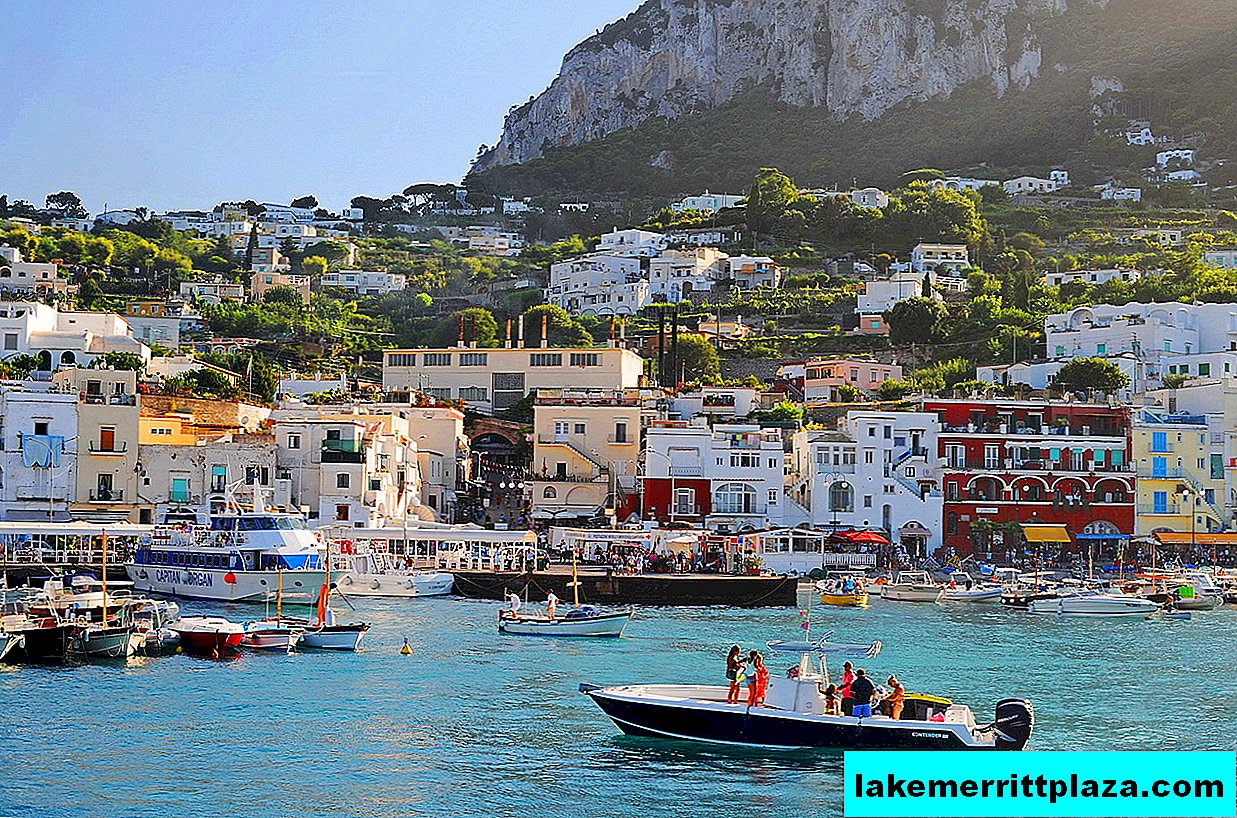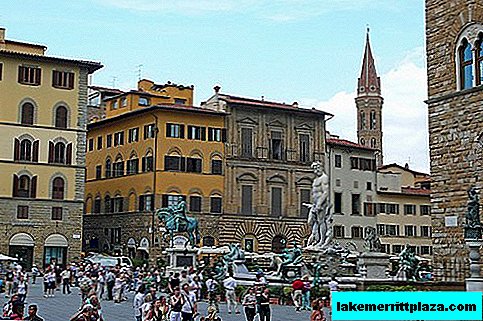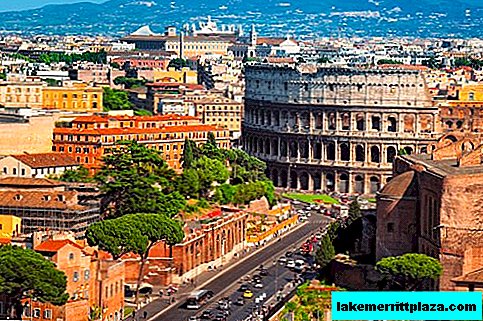Temple of Vesta (Tempio di Vesta) - one of the oldest temples in Rome, dedicated to the patron goddess of the hearth and located in the Roman Forum (Foro Romano) in the south of the Sacred Road (Via Sacra).
The temple played the role of the main hearth "from the king’s house"; to this day, some destroyed parts of the temple complex have survived, including the House of Vestals and connected to Regia - the house of the Great Pontiff, the main clergyman of the Romans. The Temple of Vesta is also known in the suburbs of Rome, Tivoli.
Story
The history of the temple began in the 7th century BC, presumably under King Num Pompilia. Over the centuries, it burned many times and was restored again, until finally a round structure with a facade of white marble appeared, surrounded by twenty Corinthian columns, rising on the podium. In 64 AD in Rome there was a big fire, the temple of the goddess was on fire again, but was immediately restored.
The modern Roman Forum has preserved the remains of the Temple of Vesta, reconstructed after the fire that happened in 191. The restoration was dealt with by Julia Domna, the wife of the emperor Lucius Septimius Severus, a great admirer of the goddess. Under Emperor Theodosius I, paganism was forbidden (394), and the cult of Vesta became a thing of the past, and the temple collapsed, and only its ruins, found during excavations in 1877, recall the respect that the Romans had for the goddess of the family hearth.
Cult of Vesta
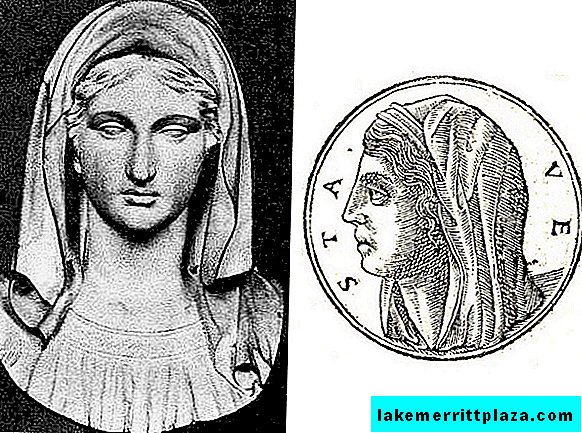
Vesta, the daughter of the god of Saturn, is the personification of the hearth, the patroness of the family, the most respected of the ancient goddesses. She did not marry either Apollo who had wooed her, nor Mercury and swore the head of Zeus to preserve her virginity. For the inviolability of the vow, Zeus ordered that it be honored in all churches and the first to bring gifts on the hearths of the family, where, according to tradition, images of other deities were also placed. Vesta herself was almost never portrayed: she was always present among the family gathered at the hearth, in the form of a fire burning there.
The fire, constantly burning on the altar in the temple of Vesta, symbolized the eternity of Rome, the inviolability of the state and its orders.

A cache was arranged in the "holy of holies" of the temple, where one of the most important shrines of the city was kept - Palladium, a wooden image of Aphrodite brought from Greece by the ancestor of Romulus and Remus - Aeneas. Once a year on the first day of the new year, the fire was solemnly kindled again, either by means of a magnifying glass from sunlight, or by friction, so that it had a natural origin. First, the royal daughters watched him, and then this duty passed to the priestesses of the cult of the goddess - vestals.
Vestals
Six vestal women - priestesses of Vesta, were elected from among girls from 6 to 10 years old, daughters of free respected citizens (patricians), and left at the church for thirty years. For the first ten years, the newly elected studied, the last taught newcomers, and only ten years did the actual service. The names of many vestals are known, their statues adorned the temple for centuries.
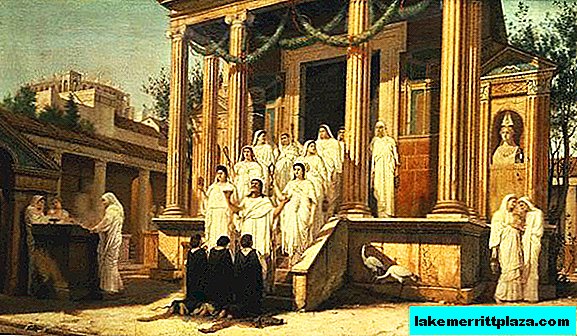
A prerequisite for vestals was the preservation of virginity. The clergywoman of the cult of the goddess Vesta, who broke the vow, was buried alive in the "field of villains"and they carried her there with the complete silence of the public in a closed stretcher, and she had to go down to the grave, where they put a bed, a lamp and some food. Her seducer was waiting for no less sad fate: for sacrilege he was beaten with rods to death. But after the term of service, the vestal could have married, and this was a great honor for her chosen one.
Over the 11 centuries of the cult's existence, only thirteen vestals have violated the vow, but this does not mean that the rest were afraid of the death prepared for the apostates. Vestals were highly respected in Rome, and wherever they appeared, they were given the most honorable places, and just meeting them on the way to the place of execution could give life to the convict.
Donkey head
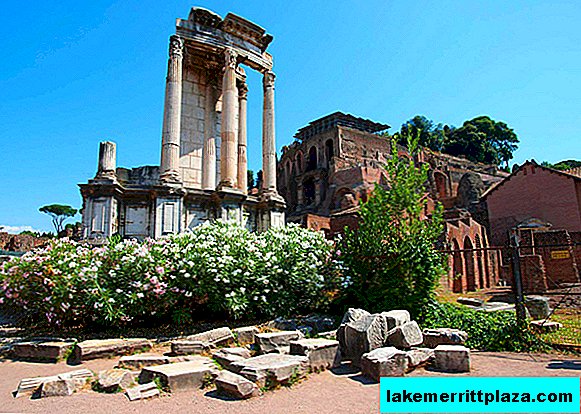
The lamps in the shrines of Vesta preserved images of donkey heads in memory of how the donkey woke the sleeping goddess with his cry and saved her from shame - the demigod Priap, the patron of fertility, wanted to take possession of her. In commemoration of this event in Rome, a celebration was established: annually on June 9, the Romans came to the Temple of Vesta with gifts and had no right on this day to force their donkeys to work.
How to get there
The Vesta Temple and the Vestal House in Rome can be easily reached on foot from the Coloseum (Colloseo), which is located very close to the Roman Forum, from Piazza Venezia, from the Capitol Museum (Museo Capitolino) on Piazza del Campidoglio. The nearest metro station is Colloseo, line B.




